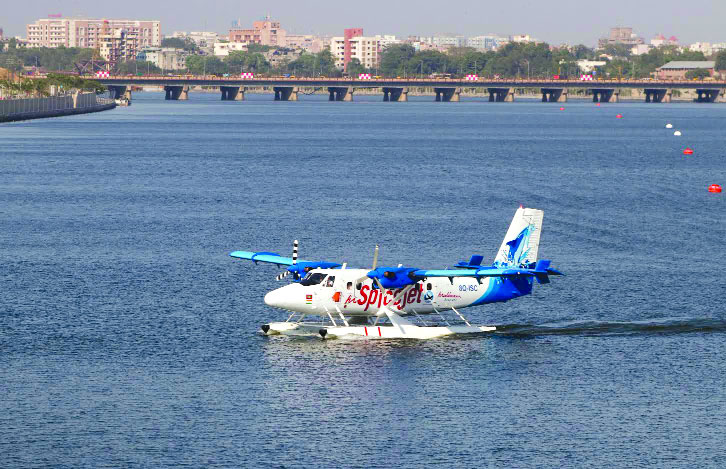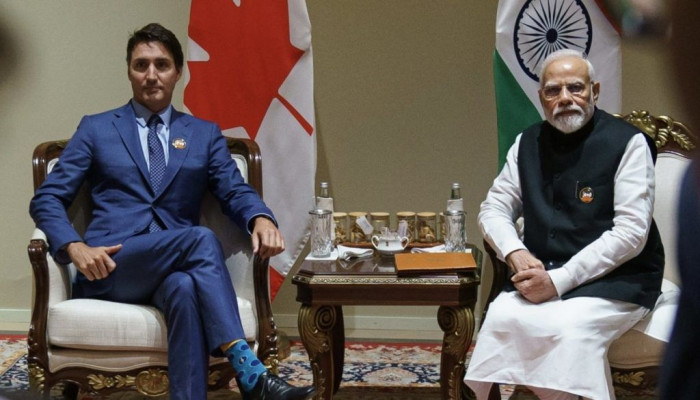The Govt wants to make the Statue of Unity and the surrounding area a major tourism hub. Can it work?
For the last three years, on Sardar Vallabhbhai Patel’s birth anniversary, Prime Minister Narendra Modi has headed down to Kevadia, the site of the Sardar Sarovar Dam and now the Statue of Unity or a dedication to India’s first Home Minister, also famous as the tallest statue in the world. It overlooks the massive reservoir that irrigates thousands of hectares of land in Gujarat, Madhya Pradesh and Rajasthan and has been envisaged as a major tourist hub. With the inauguration of a “wildlife safari” nearby and a direct flight between the site and the Sabarmati riverfront in Ahmedabad onboard a small seaplane, the idea is to get footfalls to what is largely seen as a political statement. As gimmicky as a seaplane ride sounds, one must know that the statue is over a two-hour drive away from Baroda, the closest major city and airport. And while local authorities claim success with visitors, Kevadia’s appeal can only increase with better connectivity. As such, the seaplane route is not too viable. With a carrying capacity of just 12-15 passengers, even multiple journeys in a day by a single aircraft will transport fewer passengers than a single Airbus. Having completed trials of the seaplane in Nagpur, Guwahati and at Mumbai’s Girgaum Chowpatty, SpiceJet will initially operate two daily flights on the Ahmedabad-Kevadia route. And the tickets reportedly cost a minimum of Rs 1,400 under the Ude Desh ka Aam Nagarik-Regional Connectivity Scheme (UDAN-RCS). The airline is also set to deploy a 15-seater Twin Otter 300 aircraft, built by Canadian plane manufacturer de Havilland Canada, for these flights. It might increase the location’s appeal to high-end tourists temporarily but Gujarat might be better served by promoting its existing iconic World Heritage Sites such as the spectacular Rani Ki Vav, a rare extant example of pre-Islamic Hindu architecture, and the former capital of the Gujarat Sultanate, Champaner. At the same time, if the statue is to become a major tourist destination, the road network to and from Baroda should be improved post-haste.
There is no doubt that India has a lot to offer when it comes to tourism but in the search for gimmicks, we miss the wood for the trees. Seaplanes work as island-hoppers in the Maldives but none of the prior attempts at seaplane connectivity has worked in India before with good reason. That is simply because gimmicks can only last so long.
(Courtesy: The Pioneer)








 OpinionExpress.In
OpinionExpress.In















Comments (0)